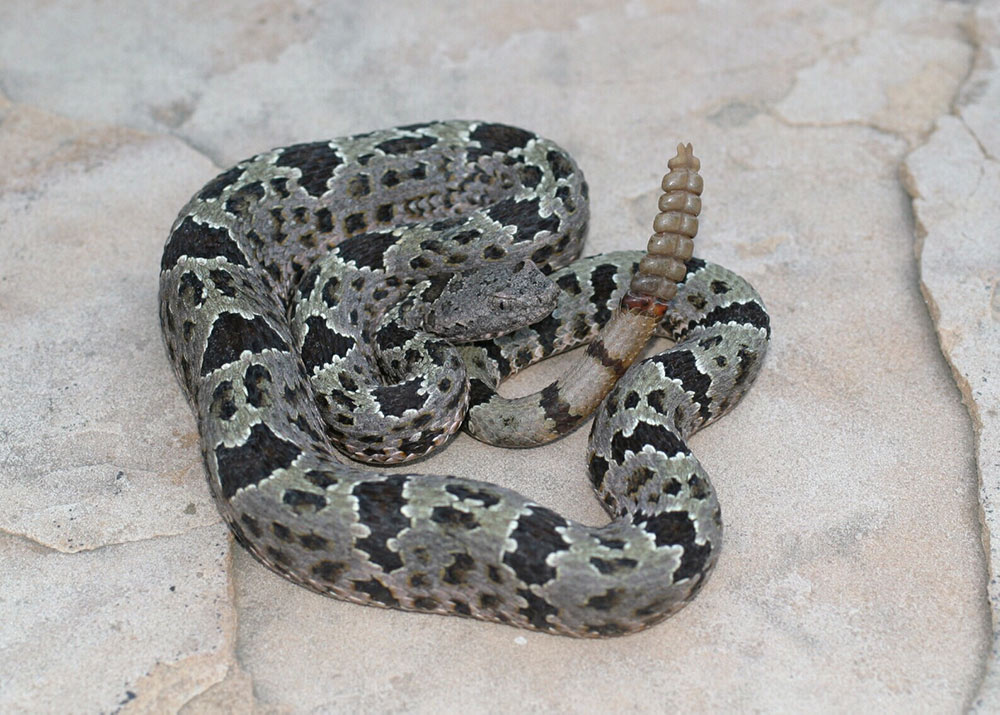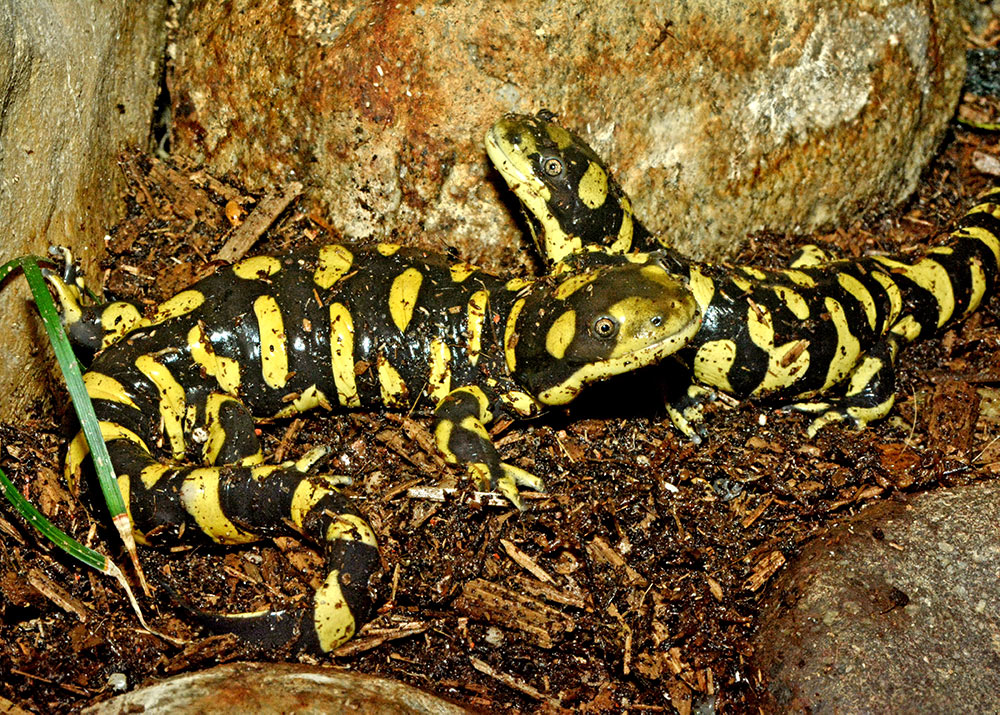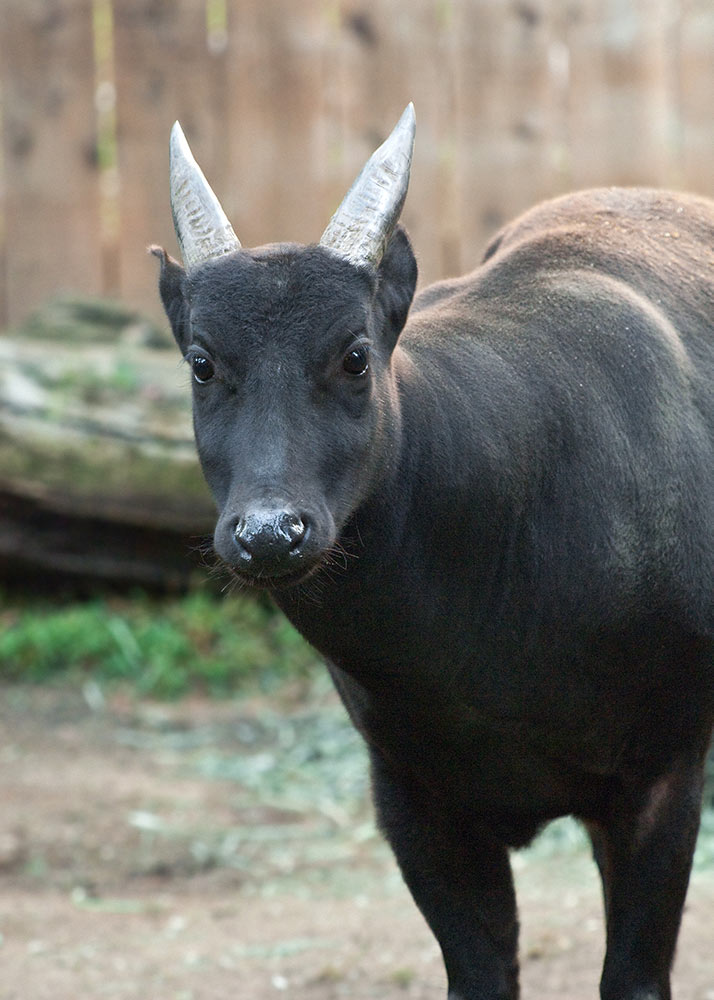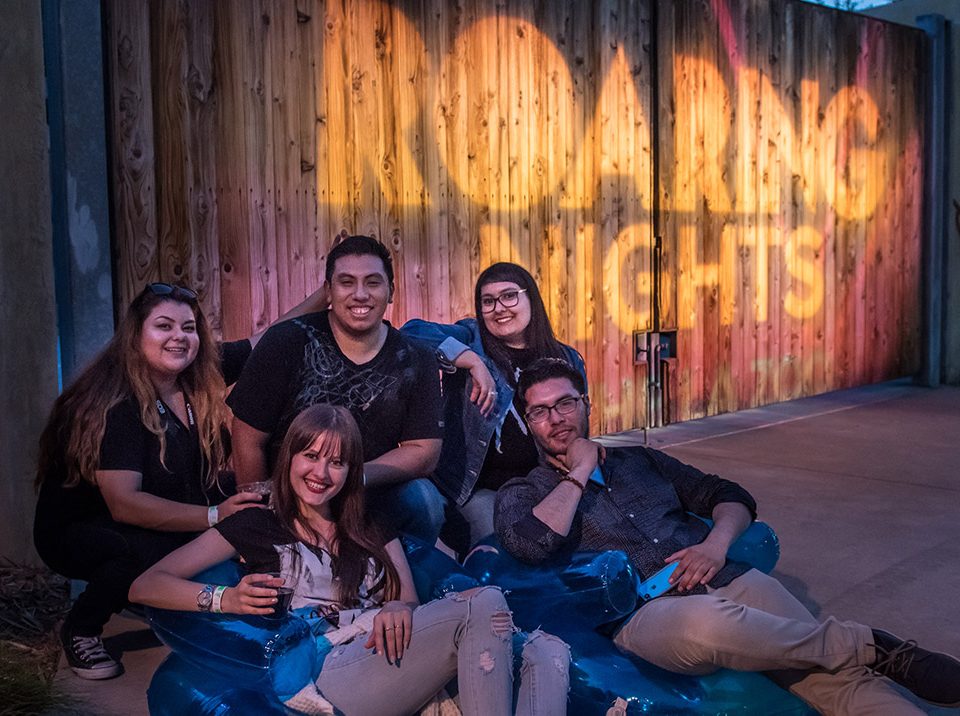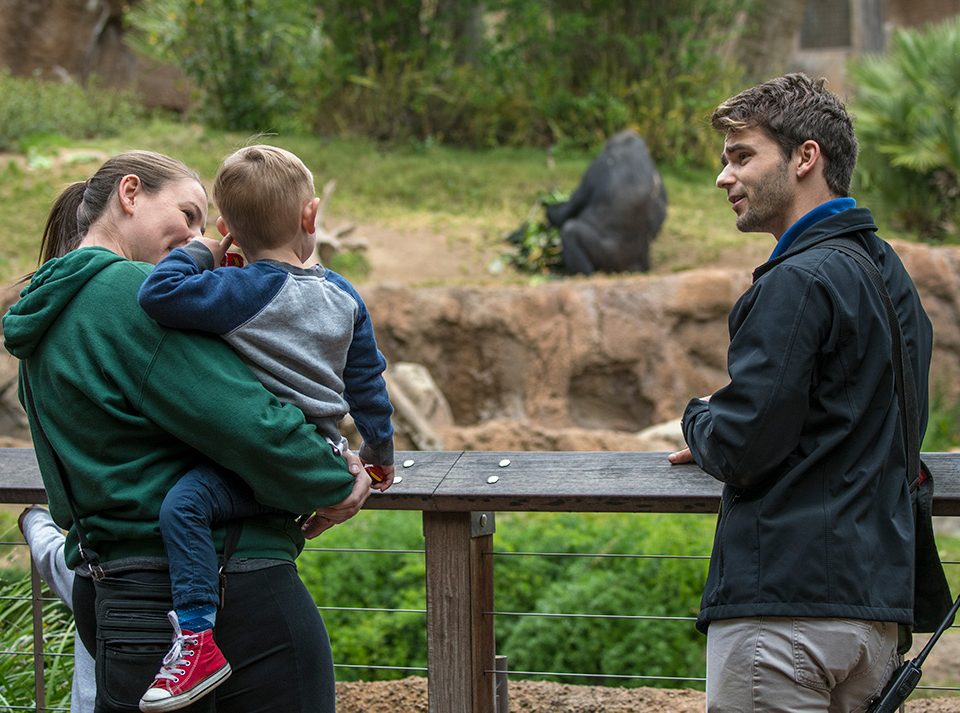New at the Zoo

Donor Focus: In the Zoo, the Stonemans Found Something All Their Own
May 31, 2018
Three species of peccary are found in the Americas—white-lipped, collared, and Chacoan. The Zoo houses Chacoan peccaries, native to South America. Photo by Jamie Pham
Births included four pronghorn, a female bongo, and three Chacoan peccaries. Although they look very pig-like, peccaries belong to a different taxonomic group than the true pig species of the Old World. Among the notable differences are tusks that point downward as compared with upward-curving tusks in true pigs. Also, peccary babies lack the distinctive “watermelon” striped coat that the offspring of true pigs such as red river hogs and Visayan warty pigs feature.
Five banded rock rattlesnakes were born. While these babies are currently in an off-exhibit area, you can see several adult banded rock rattlesnakes in the LAIR. The species is native to higher elevations through southwest Texas, southern New Mexico, and into southeastern Arizona. The color variations between different local populations can be quite dramatic and often match the surrounding rocks.
Two California condors and a greater flamingo hatched. The greater flamingo chick is being hand reared to eventually become part of the ambassador flock.
New arrivals included a pair of Southern tamanduas or collared anteaters (which are in a window exhibit at the Winnick Family Children’s Zoo), a male pronghorn, two female red river hogs, and a female lowland anoa. The anoa is the smallest species of wild cattle, weighing up to 660 pounds as compared with the maximum 2,000 pounds of an American bison—but pound for pound, this little bovine packs as much of a wallop. Solitary by nature, anoas tolerate one another only during the breeding season and while mothers are still caring for offspring. Fiercely territorial, in their native Indonesia they injure and even kill many people who unwittingly intrude on this creature’s space. Anyone who doubts the fiery nature of this petite ungulate can find a YouTube video of former L.A. Zoo resident L.C. (who now lives in Florida at the World Center for Conservation of Tropical Ungulates) thoroughly dispatching a cardboard box. The new anoa, Bindi, has taken up residence next to the babirusa in the North America section.
Amphibian arrivals included six blessed poison frogs and four axolotls. Blessed poison frogs are native to the lowland forests of Peru and are threatened by habitat loss and collection for the pet trade. These frogs can be seen in the Behind the Glass section of the LAIR. The axolotl is an unusual amphibian endemic to the shallow lakes and channels in Xochimilco, outside Mexico City. They are actually a tiger salamander species that has adapted to the unique conditions of these waterways by remaining in a larval state throughout their lives. (Equivalent to a tadpole never maturing into a frog.) Though common in the pet trade, scientists expect axolotls to become extinct in the wild by 2019. Escalating human development has increased pressure on these whimsical creatures, who, like most amphibians, are very sensitive to pollutants and vulnerable to introduced species such as tilapia and carp. The Zoo is home to four axolotls, who can be found in the cave section of the Winnick Family Children’s Zoo.



